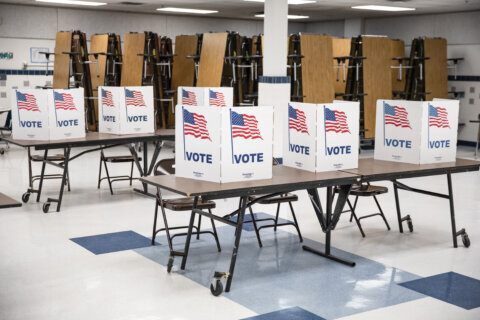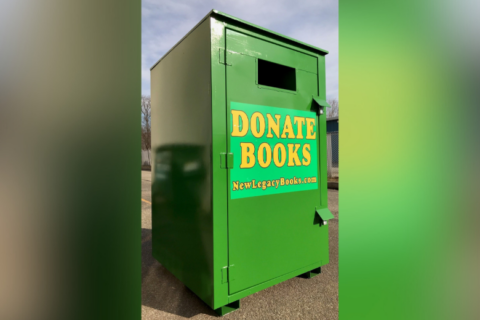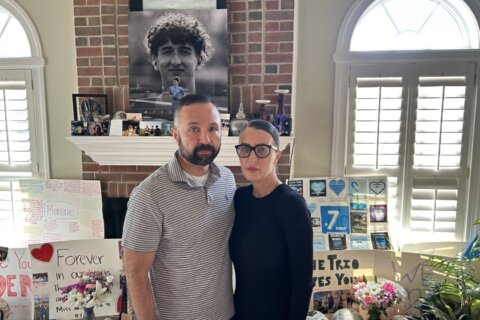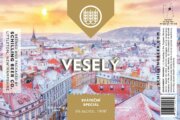
This article was written by WTOP’s news partner, TysonsReporter.com, and republished with permission.
Nature is at a premium in Tysons.
The area is surrounded by beautiful natural preserves, for example at Wolf Trap, Raglan Road Park and all along the banks of the Potomac River. Within Tysons itself, though, there is more concrete and asphalt than grass and trees.
Where there is grass, it’s often in the form of a manicured but empty lawn. These lawns represent space that has been ecologically, socially and environmentally wasted, but they could easily be repurposed.
Fairfax County has an ambitious plan for the future of the area’s parks, calling for a network of parks and urban oases connected by a recreational trail. This plan is long-term, looking forward to 2050, hoping to bring 1.5 acres of green space for every 1,000 residents. It won’t be completed easily, although at least one new park has opened recently.
Though nature might be rare in Tysons, that doesn’t mean that green space is. In fact, Tysons boasts a large number of lawns and fields of varying sizes. The problem is that these spaces are green in color only. They don’t contribute anything to the Tysons community: lawns are neither parks nor plazas nor natural preserve.
Environmental scientists find that lawns of this kind aren’t at all ‘green’ in the ecological sense. Because of the fertilizers and pesticides used to maintain them they produce more chemical runoff than they absorb. They also consume an enormous amount of water and gasoline for the mowers that keep them trim.
Socially, these lawns don’t satisfy a community’s need for open space.
SUBSCRIBE TODAY | Like this article? Read more by subscribing to TysonsReporter.com’s newsletter today.
Though they are literally open, they don’t provide space for recreation, gathering, or even peaceful contemplation of nature. Often, the property owner forbids play or dog-walking on the lawns. They don’t contribute to property values or provide any economically productive resource. Urban economics commentator Andrew Price calls such lawns “dead greenspace, consuming labor, money, and oil to keep manicured.”
Take a closer look at two spaces along the north side of Westpark Drive, near Route 7. These sites are only about two blocks from a Metro station and are directly across from The Boro development expected to bring many new residents and new street-level pedestrian and retail activity.
These lawns are associated with buildings that are 20 and 45 years old, and are likely the result of zoning regulations that called for deep setbacks between the streets and the buildings, but didn’t dictate what the developer should do with the space in those setbacks. As Price writes, “When we force a private owner to use their land in a very unproductive manner, they do a mediocre job of it.”
But, recently, Fairfax County has been embracing more effective regulation.
In 2010, Fairfax adopted a Zoning Ordinance Amendment that enables a more urban and denser form for new construction in Tysons. This amendment is governing the development taking place across the street from these two lawns, and will hopefully result in a much more economically and ecologically efficient use of space.
The Park System Concept Plan emphasizes the specific advantages to be gained from well-designed green space, rather than simply encouraging open space without regard for its design. It focuses on “a need for gathering spaces, off-leash dog parks, garden plots, ornamental gardens, water features, tot lots and playgrounds, skate parks, open lawns for picnicking and unstructured play, shade structures, fitness courses and trails, multi-use courts, athletic fields, amphitheaters and space for public art.”
Green lawns are on that list — but only as one item, and only because of their use to the community.
D. Taylor Reich is a freelance journalist who writes about urbanism and development. They are a Fulbright scholar, a 2017 graduate of Brown University and a proud alum of Arlington Public Schools.







